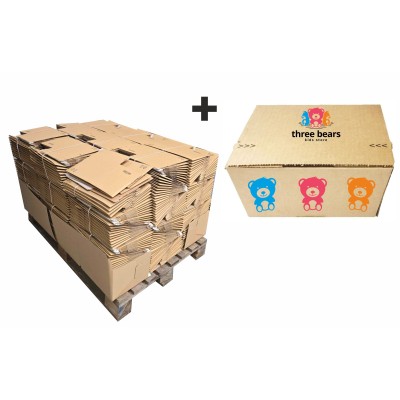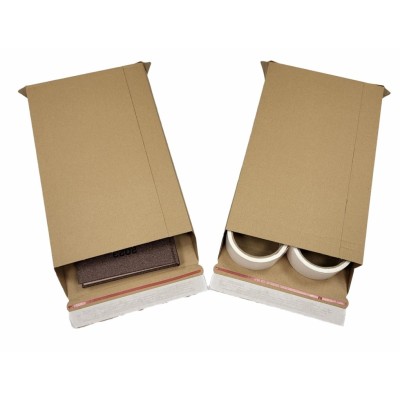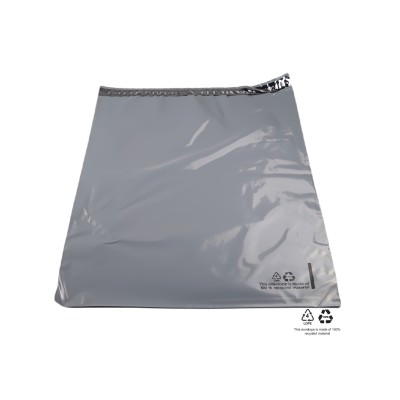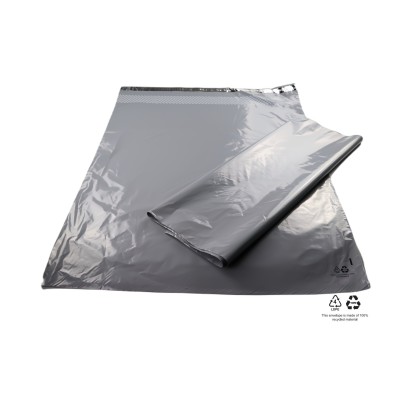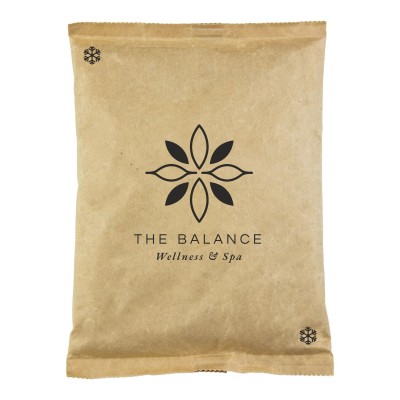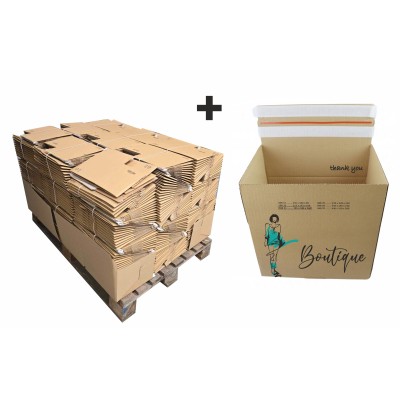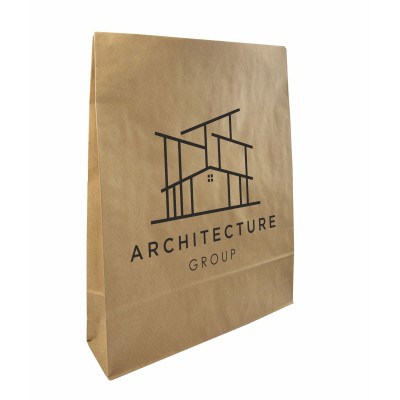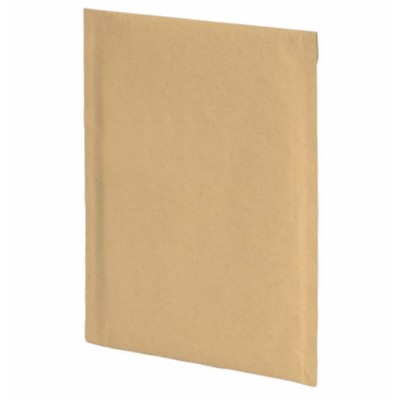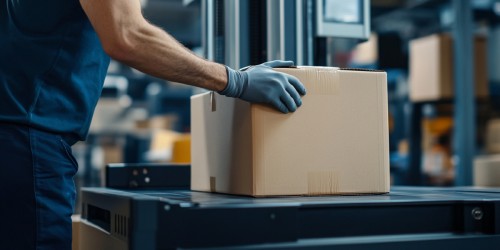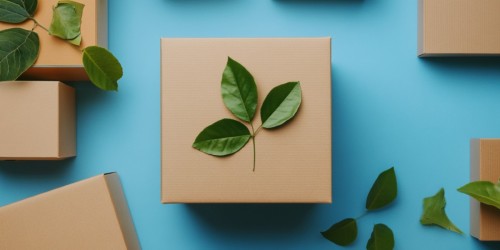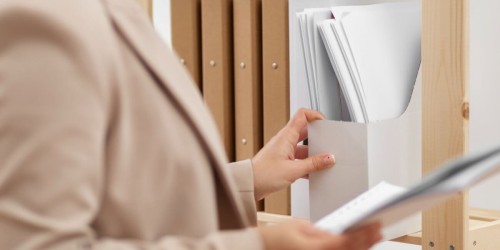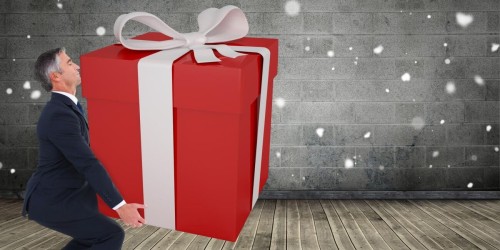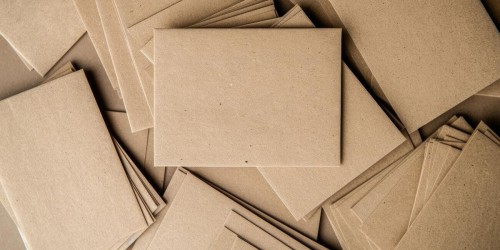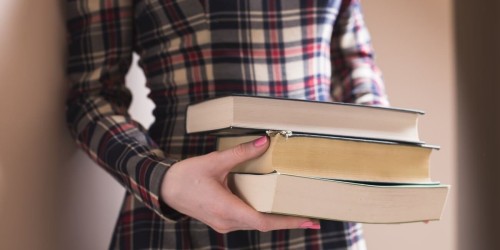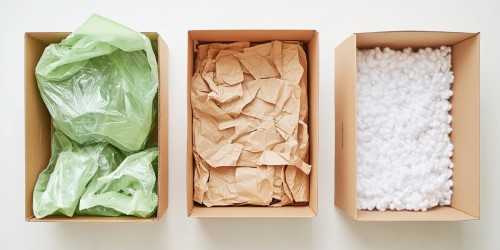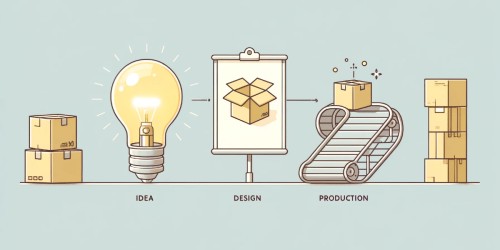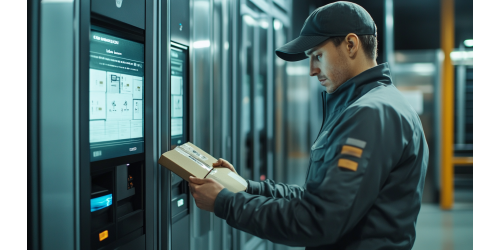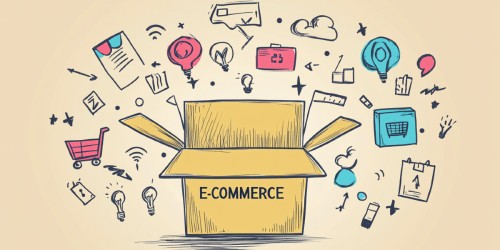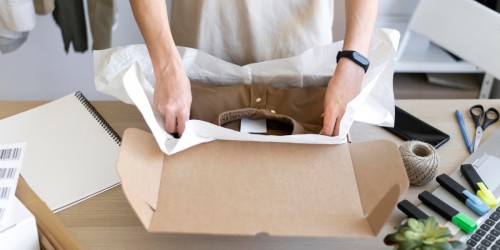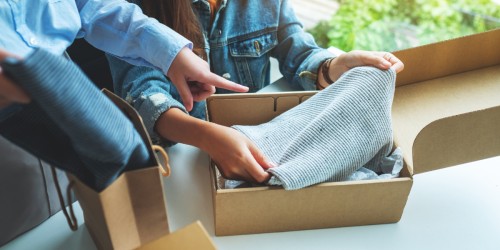Types of environmentally friendly packaging
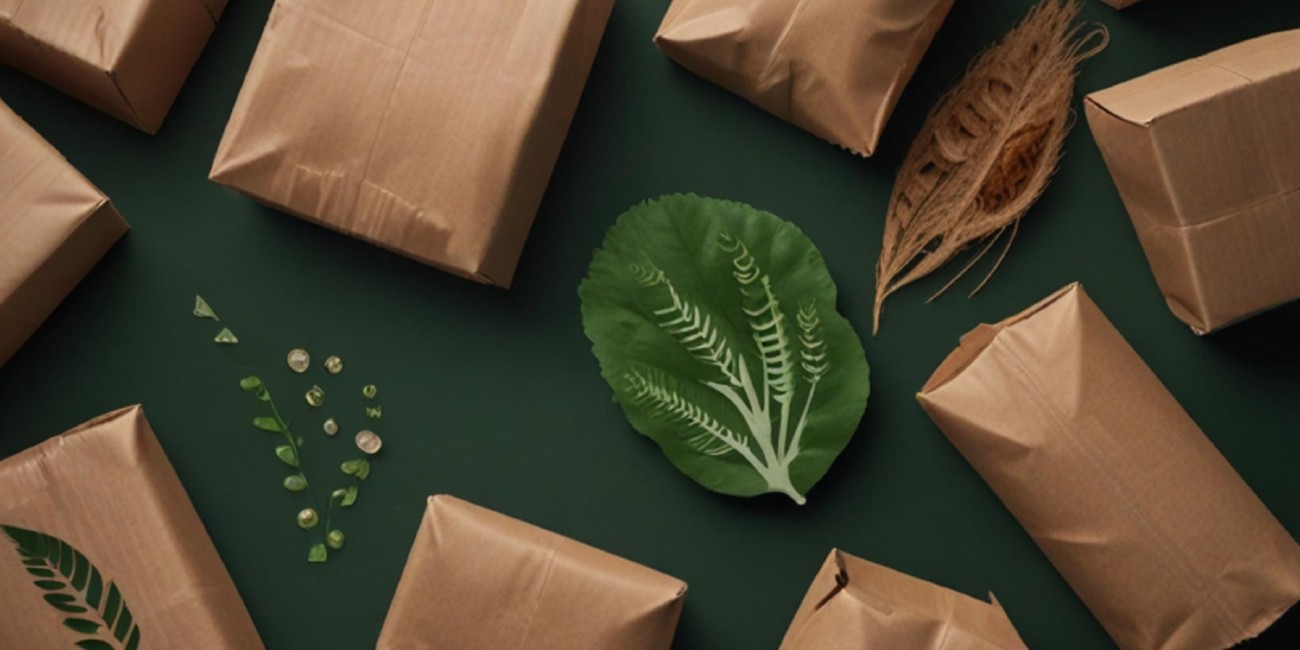
Contents:
- Eco-friendly Packaging
- Our Approach to Ecology – Boxmarket ECO Select
- Choosing the Material – Paper or Plastic?
- Paper – Natural and Recycled
- FSC Certification – Guarantee of Eco-friendliness
- Plastic – Not So Bad?
- Recycled Plastic – Our Solutions
- Product Life Cycle – An Important Aspect of Eco-friendliness
- Our Recommendations – Practical and Eco-friendly Packaging
- Pay Attention to Fillers and Size Adjustment
- Make Sure to Choose the Right Size Packaging
- New Features in Our Store – Size Adjustment and Custom-sized Boxes
- Conclusion
Eco-friendly Packaging
Packaging makes up the majority of the waste we throw away every day, which is why the packaging industry is particularly sensitive to environmental impact and strives to be more eco-friendly. But what does it actually mean to be eco-friendly, and what factors influence the environmental impact when choosing shipping packaging?
Our Approach to Ecology – Boxmarket ECO Select
At Boxmarket, we place special emphasis on selecting each product to be as eco-friendly as possible. That’s why we created a special verification system for products called “Boxmarket ECO Select.” This is a range of products where we have analyzed the materials used in production, the production process, and its impact on the environment. You can find these products on our store marked with a green leaf and in the eco-friendly packaging category.
Choosing the Material – Paper or Plastic?
One of the first things we think about when choosing eco-friendly packaging is the material it’s made from. Most of the packaging in our range is made either from paper or plastic. In both cases, it is important whether recycled materials were used in production.
Paper – Natural and Recycled
Paper is generally a more eco-friendly material because it decomposes quickly and comes from natural sources. Moreover, paper is recycled at a rate exceeding 70% in the European Union, and paper fibers are used an average of 3.5 times. This makes it a very good material for producing packaging such as cardboard boxes, paper boxes, paper mailing bags, paper bags as well as paper adhesive tape and paper fillers.
FSC Certification – Guarantee of Eco-friendliness
But how do we know for sure that the paper used in production is indeed 70% recycled? The best option is to choose FSC (Forest Stewardship Council) certified products. Having such a certificate is one of Boxmarket’s requirements to be included in the “Eco Select” category.
Plastic – Not So Bad?
Let’s move on to plastic packaging. Is plastic really that bad? Not necessarily. The plastic packaging industry, particularly the popular films, is also looking for solutions to meet the requirements set by the European Union. By 2030, as part of the Green Deal, 55% of plastic packaging must be recycled.
Recycled Plastic – Our Solutions
We already offer plastic packaging where the proportion of recycled material significantly exceeds legal requirements and reaches up to 100%. This, of course, includes recycled poly mailers and PCR stretch film (Post Consumer Recycled).
Product Life Cycle – An Important Aspect of Eco-friendliness
When choosing packaging, however, it is important to consider the entire life cycle of the product and its impact on the environment, not just the material used. So what else matters? The production process and how much energy was consumed, the transport to the shipping company (whether it takes up much space, as with bubble wrap), the packaging process – for example, shrink-wrap packaging requires a lot of energy, the need for additional packaging materials/fillers for shipping, and finally how the product is disposed of and what happens to it afterward.
Our Recommendations – Practical and Eco-friendly Packaging
Considering the above aspects, very good shipping packaging options include mailing bags sometimes called E-Green Paper Bags, Rollbox cardboard wraps, and cardboard envelopes. All these products are made from FSC-certified paper and, moreover, are transported flat, so they take up little space during transport and in the warehouse.
Pay Attention to Fillers and Size Adjustment
An important yet often overlooked aspect is that each of these packages does not require filling because they adjust in size to the product, and after being thrown away, they are flat again and do not take up unnecessary space in recycling bins. Many people, after removing the product from the package, simply throw the box or cardboard into the paper bin without flattening and folding it first. As a result, paper bins often fill up, and recycling trucks run more frequently, often nearly empty.
Make Sure to Choose the Right Size Packaging
If you truly want to be eco-friendly when packaging your products, also remember that the size of the packaging should be well-suited to the product. Packing a small product in a large box not only unnecessarily costs you money but also causes significantly higher CO2 emissions for the production of the packaging and later during transport.
New Features in Our Store – Size Adjustment and Custom-sized Boxes
The new packaging size filtering system in our store will allow you to easily and quickly choose the right size packaging for your product, and if you can't find the perfect size, you can also order custom-sized boxes directly on our website, starting from just 50 pieces.
Conclusion
We hope that the above article will help you choose the right shipping packaging with care for the environment. Conscious choices can significantly reduce our environmental impact and contribute to protecting our planet.
















